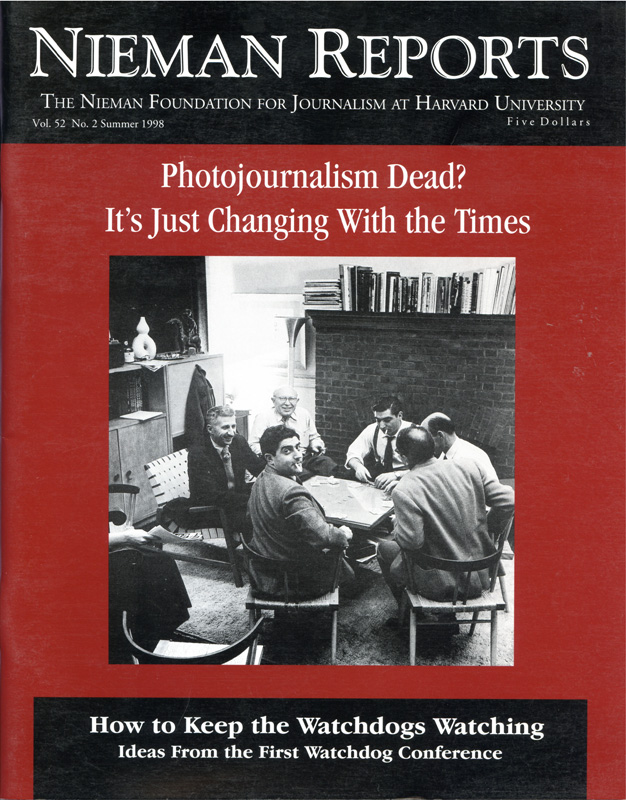At a February 20, 1998, seminar with Nieman Fellows, David Halberstam was asked how he combined research with interviews and how he avoided becoming overwhelmed by the record in writing his books. Here are edited excerpts from his response: Well, I’ve generally tended to do books where there isn’t much record. You eventually get some books that are helpful, but you’re out there on your own. My strength is not going to libraries; my strength would be interviewing and figuring out how to tell this story; what happened, who were the people and what are the events that make it interesting.
In a way, the reporter or the historian becomes not just a reporter and historian, but a dramatist. You figure out the people, you figure out certain moments; 20, say, 30 moments in equal time, equal wordage. So you zero in on this moment, or that moment. And you figure out the five or six, or eight or 10 people who represent the forces at stake. And you do them with what I would call high density. You’re bringing people on stage. You can say, read about him or her, because there is a larger truth there. So at certain times when you’re doing a book, you break the code, and you say, “Bingo! that’s a good moment, and I’ll go to that particular thing with very high density.” Whether it’s a march on Selma led by John Lewis in “The Children” or, in “The Reckoning,” the moment when the first Nissan team comes to the United States and almost can’t get a car in, and then they try to get the car to go up the hill and they finally pass the VW on a hill out near Bakersfield.


